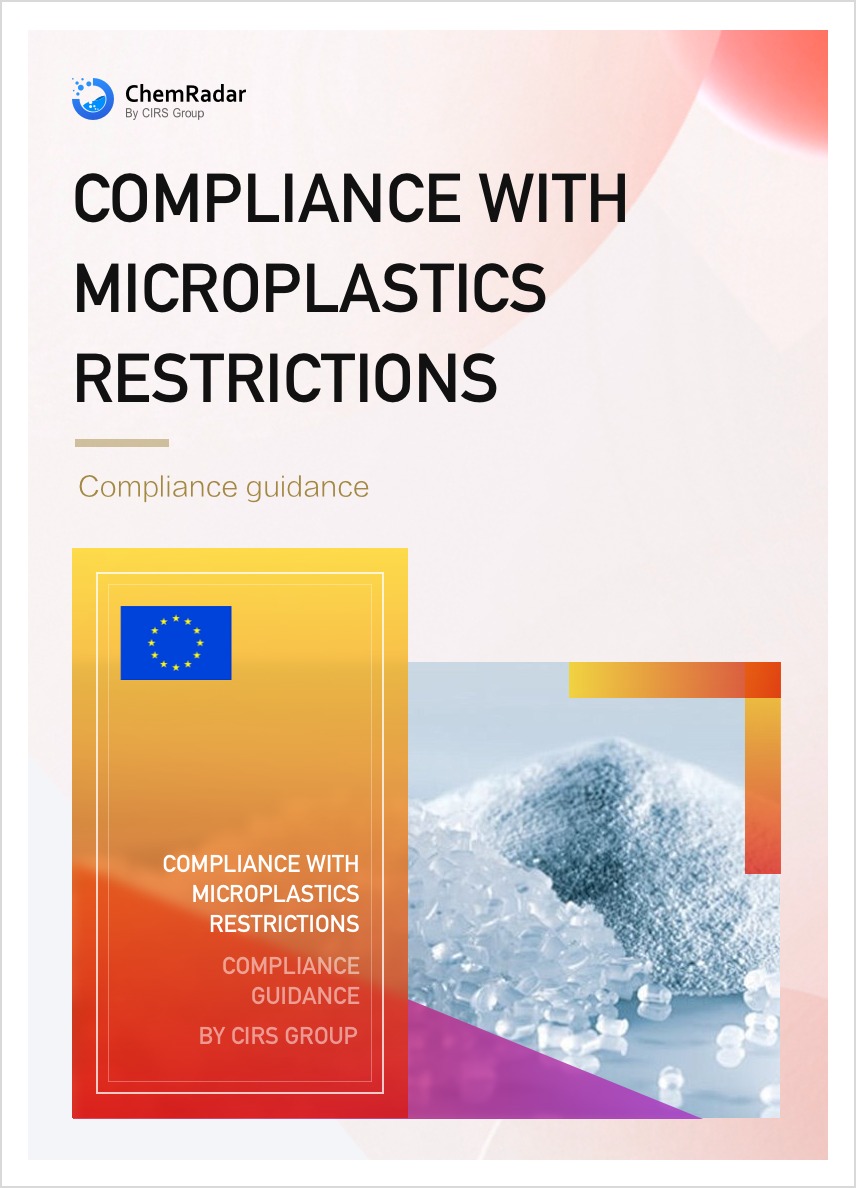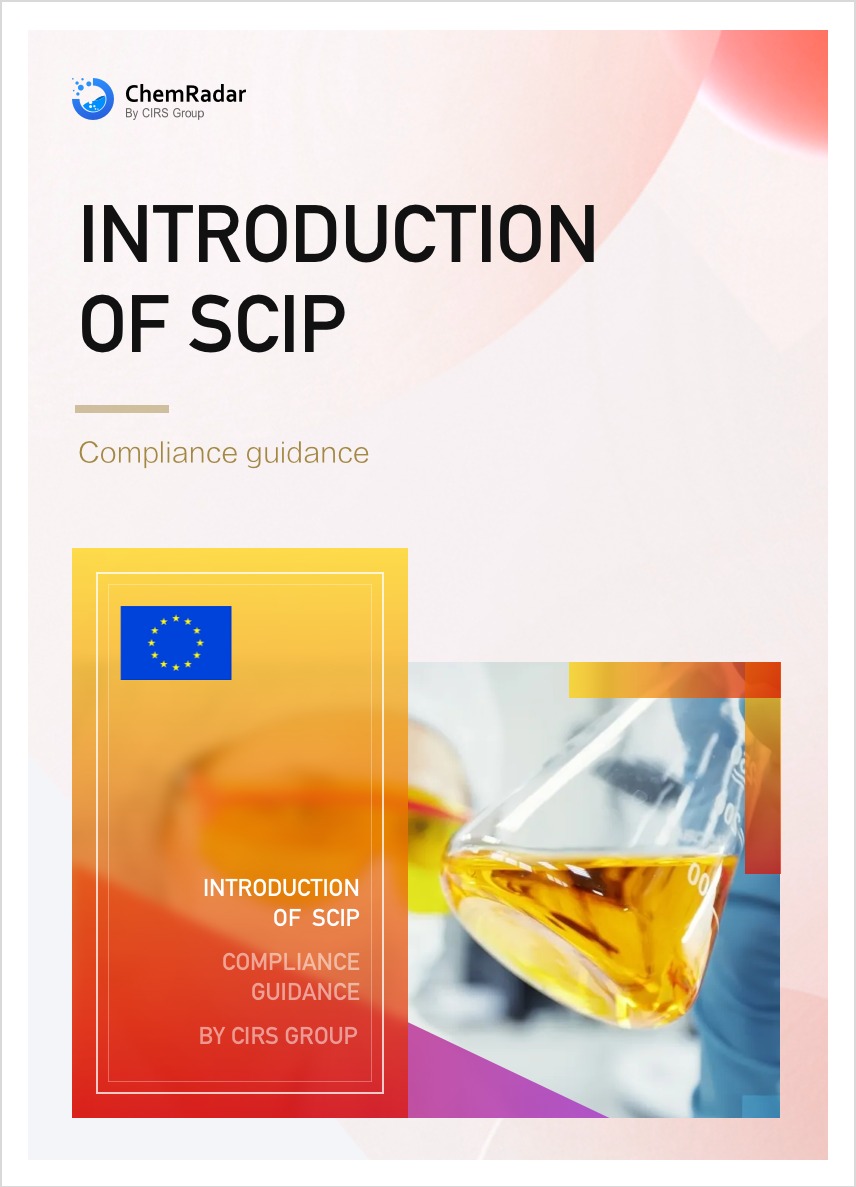Exporting chemicals to EU countries requires the provision of labels and Safety Data Sheets (SDS). Manufacturers, importers, and downstream users in the EU often worry that disclosing all components of a mixture on the label or SDS might lead to the leakage of trade secrets. Therefore, it may be necessary to use alternative chemical names to protect confidentiality and intellectual property rights.
Under the CLP Regulation, the use of alternative chemical names for mixtures must meet the following criteria:
- The EU has not established workplace exposure limits for the substance;
- The use of an alternative chemical name can provide sufficient information to take necessary health and safety precautions in the workplace and ensure that the risks arising from the processing of the mixture can be controlled;
- The substance is specifically classified under one or more of the following hazard categories:
- Physical hazards as mentioned in Part 2 of Annex I to the CLP Regulation;
- Acute toxicity, Category 4;
- Skin corrosion/irritation, Category 2;
- Serious eye damage/eye irritation, Category 2;
- Specific target organ toxicity – single exposure, Category 2 or 3;
- Specific target organ toxicity – repeated exposure, Category 2;
- Hazardous to the aquatic environment – acute hazard, Category 3 or 4.
According to the requirements of the CLP Regulation, a fee is required to use alternative chemical names. The amount usually depends on the size of the company and the number of mixtures involved in the request. Additionally, the alternative chemical name cannot be applied for by a "third-party representative" or a "sole representative."
The EU has stringent requirements for the application of alternative chemical names. However, for general mixtures, if a component is not classified under GHS and does not have occupational exposure limits in the EU, it can be omitted from the SDS or label. For components with GHS classification, if they do not have occupational exposure limits or specific concentration limits in the EU, and if the component concentration is below the general threshold values required by the EU, they can also be omitted from the SDS or label.
| Hazard Classification | General Threshold to Consider | |
| Acute Toxicity | Category 1-3 | 0.1% |
| Category 4 | 1% | |
| Skin Corrosion/Irritation | 1% | |
| Serious Eye Damage/Eye Irritation | 1% | |
| Specific Target Organ Toxicity – Single Exposure, Category 3 | 1% | |
| Aspiration Hazard | 1% | |
| Hazardous to the Aquatic Environment | Acute Hazard, Category 1 | 0.1% |
| Long-term Hazard, Category 1 | 0.1% | |
| Long-term Hazard, Category 2-4 | 1% | |





